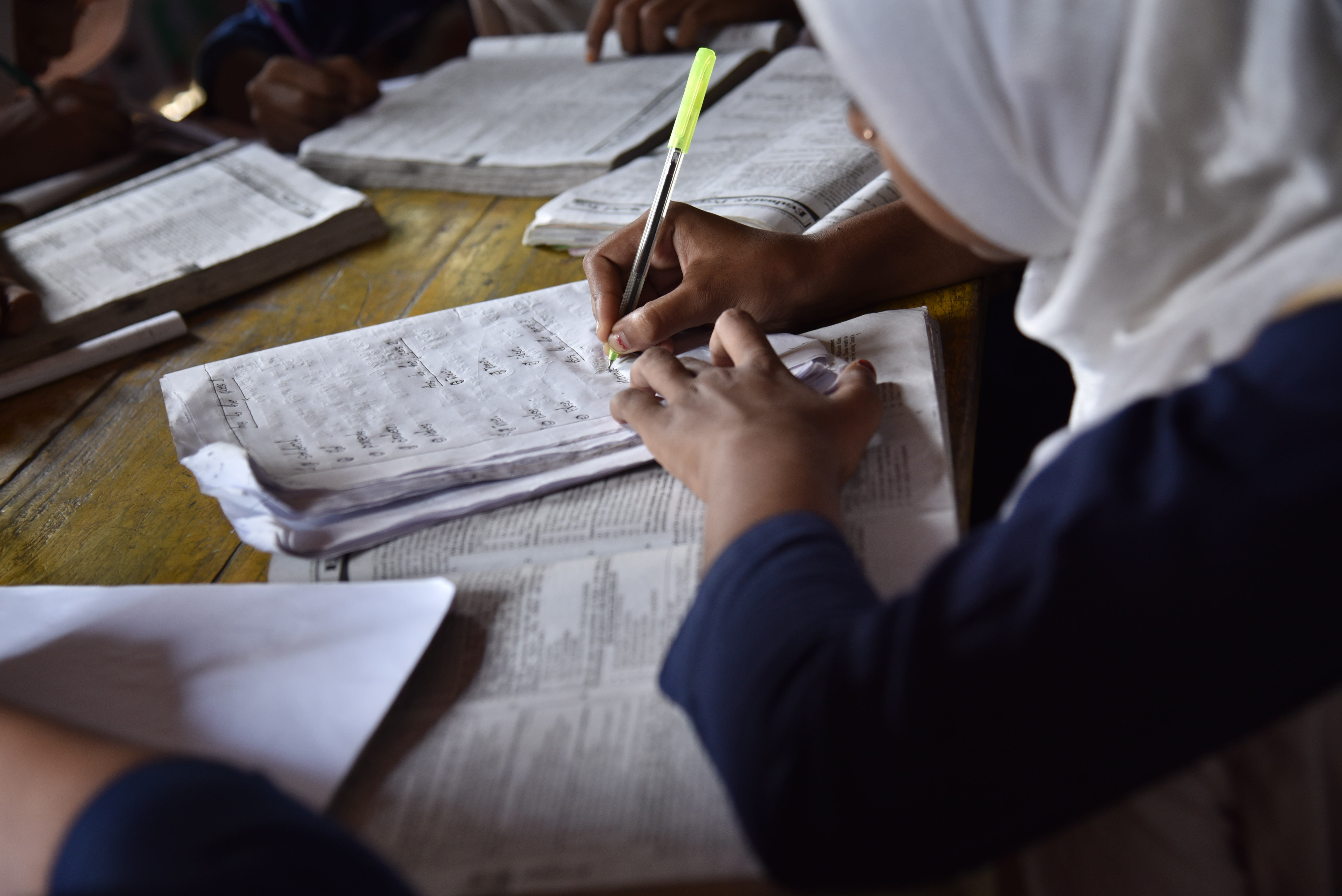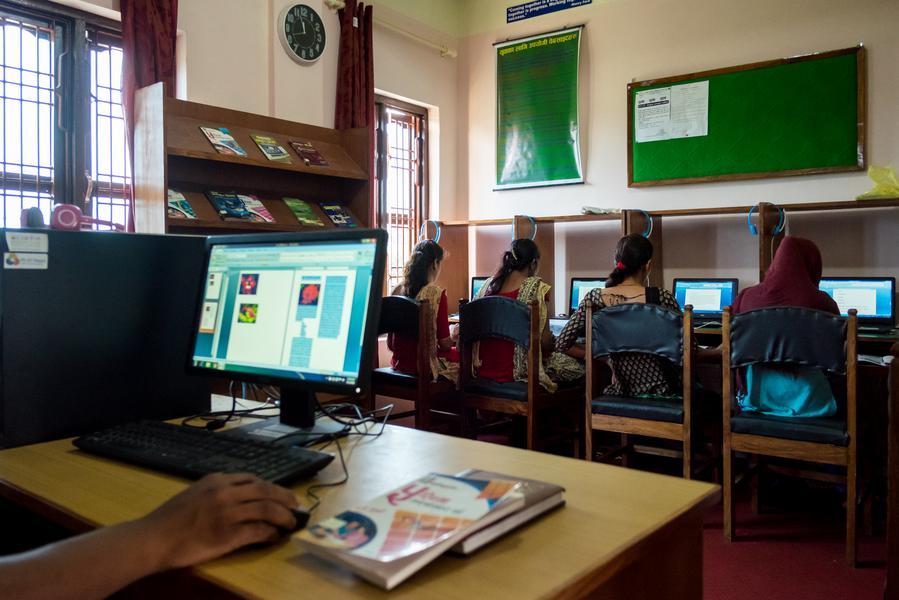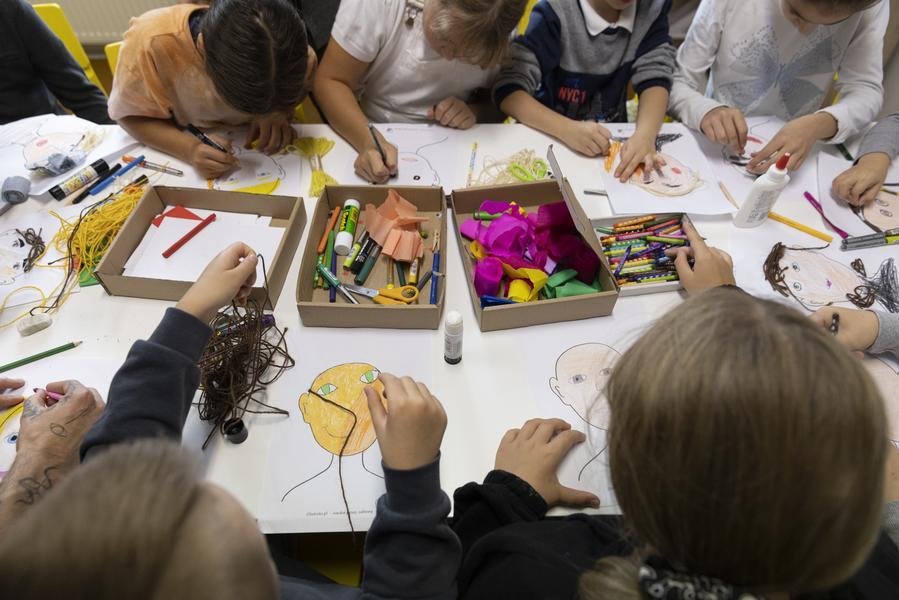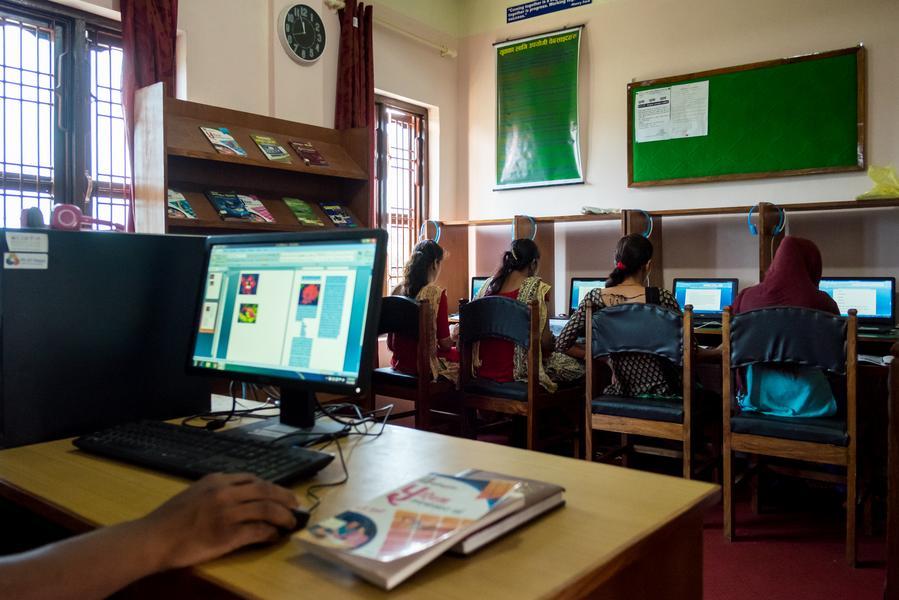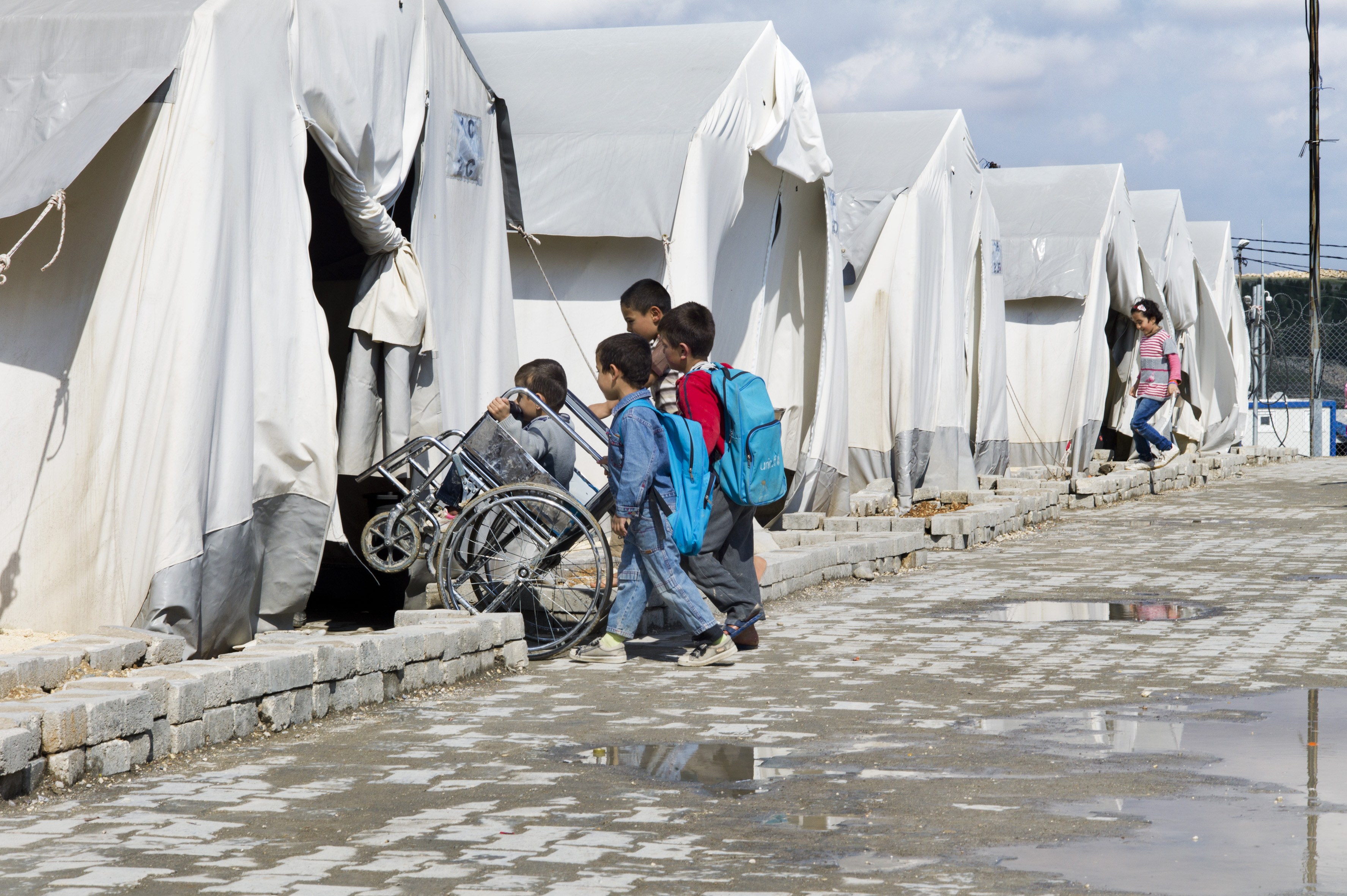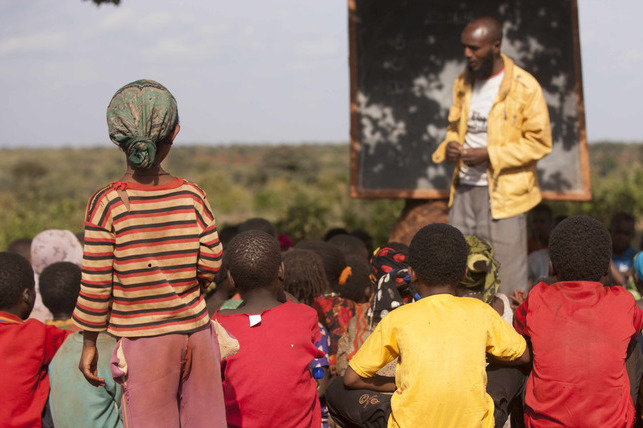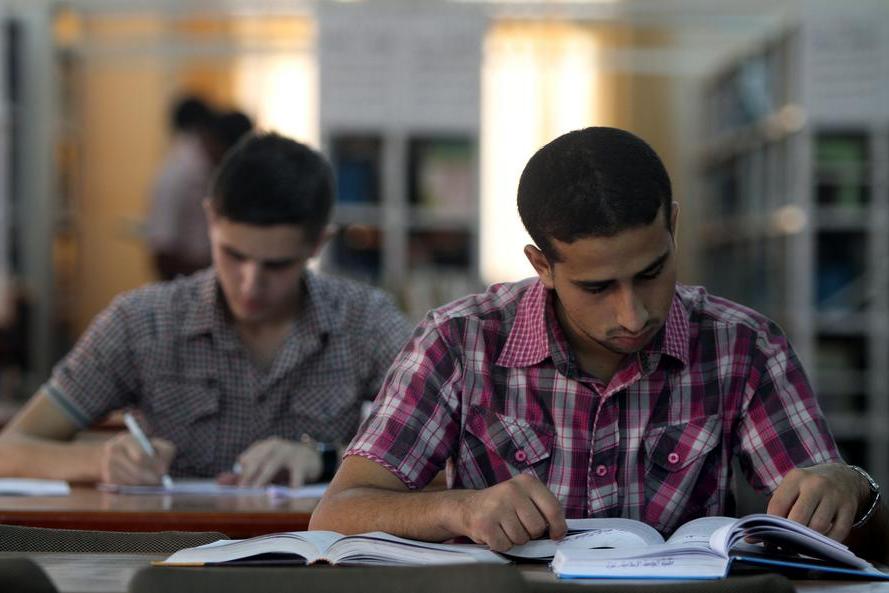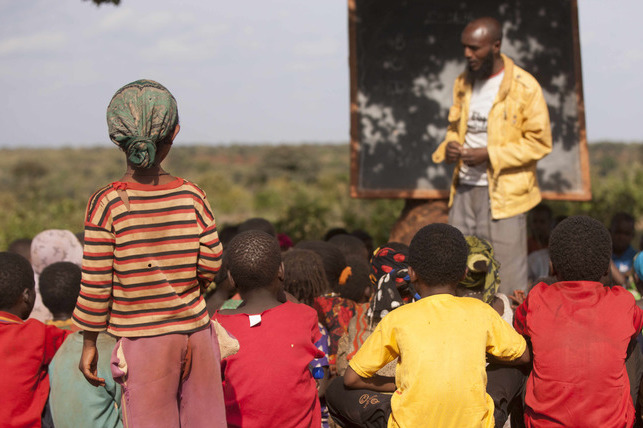Context
India has made significant strides in reducing its population of out-of-school children (OOSC) by over 90 percent and nearly achieving universal primary education by 2015. However, despite this progress, approximately 3 million girls across the country still lack access to education, contributing to a female literacy rate of only 61 percent. Gender disparity remains a formidable obstacle to education, perpetuated by entrenched gender roles, particularly in rural areas. India faces the challenge of addressing the most significant number of illiterate women globally, exceeding 200 million. Compounding the issue is the subpar quality of education in public schools, leading to poor learning outcomes, with only 48 percent of class 5 students able to read at a class 2 level in rural India.
Solution
The project seeks to enroll and provide primary-level education to an additional 232,500 OOSC over six years, building upon the existing support provided by EAC. Educate Girls employs a comprehensive model aligned with India's Right to Education Act of 2009, focusing on enrollment, retention, and learning outcomes. Through a holistic, community-based approach, the organization aims to improve every child's educational journey in targeted districts. Critical interventions include the development of leadership and life skills for marginalized girls, implementing a new curriculum called Gyan Ka Pitara (GKP) to enhance learning outcomes, and increasing community engagement to bolster school governance and infrastructure. Educate Girls has established an internal Performance Management System to ensure effective monitoring and evaluation, facilitating data collection, aggregation, and reporting.
Impact
Operating in rural, remote, and tribal communities across Bihar, Madhya Pradesh, and Uttar Pradesh—states accounting for half of all OOSC in India—the project faces challenges stemming from a lack of government commitment and the disruptive impact of the COVID-19 pandemic. Early closure due to the absence of a signed MoU with QFFD resulted in a one-year reduction in the project's duration, achieving 73.5 percent of the OOSC enrollment target. Additionally, pandemic-related disruptions hampered project implementation, leading to lower achievements compared to previous initiatives by Educate Girls. Despite these setbacks, the project's holistic approach holds promise in addressing entrenched educational barriers, particularly for marginalized girls.




